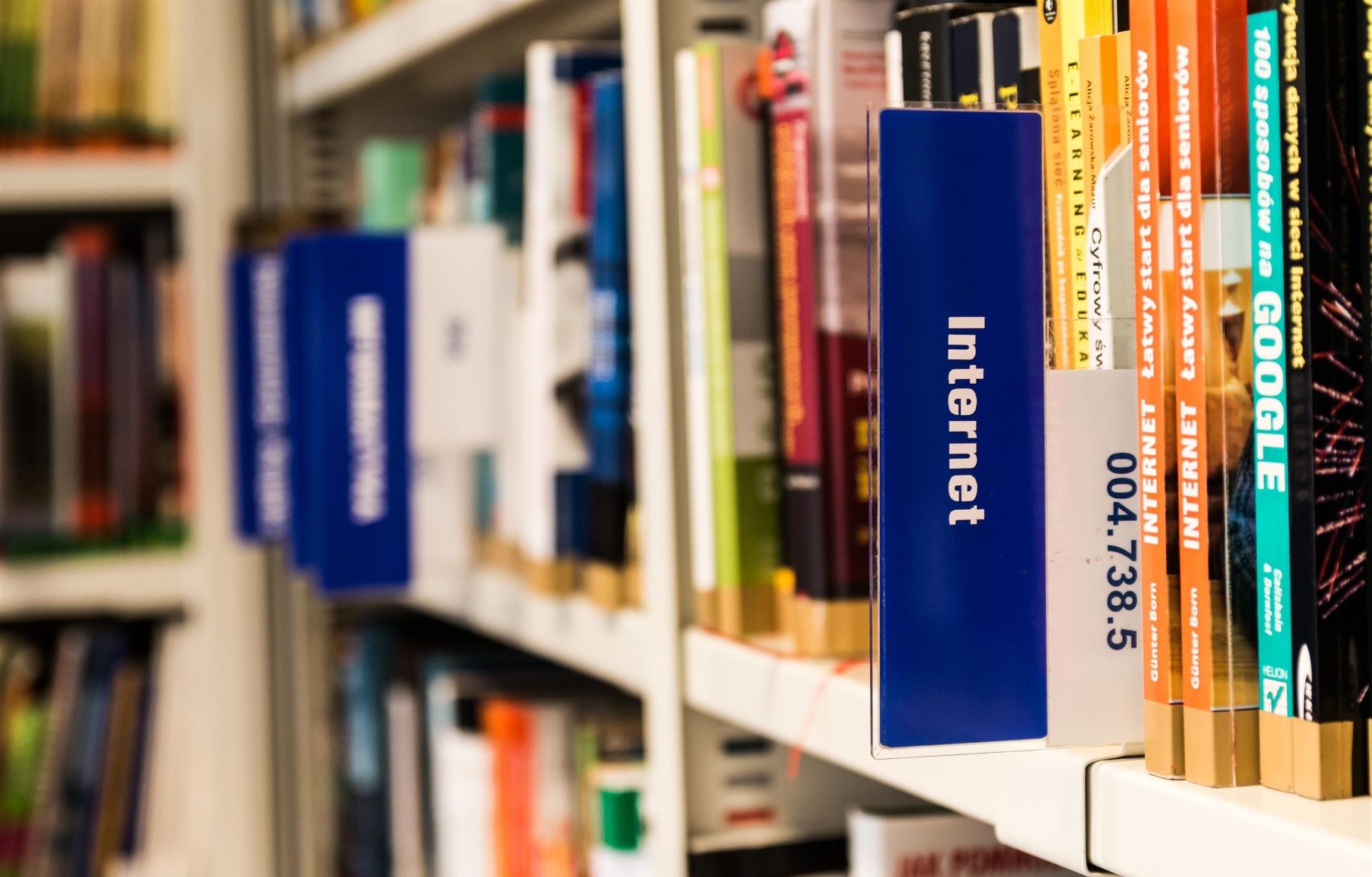This is a visual resource that teachers and students can use to deepen the theme of misleading information type. This infographic offers a useful classification, indicating also the characteristics of these information and their impact. This resource has been developed by EAVI – the European Association for Viewers Interests. It is an international non-profit organisation in Brussels that promotes media literacy in the perspective of active citizenship.
Sassetti Peruzzi Informtion Literacies case secondary school
This resource is a learning object based on technology H5P and could be implemented in any WordPress or Moodle course.
It contains a full activity aimed at exploring a dimension of the Critical Digital Literacies Framework: Information Literacies. The aim of the activities embedded in this learning object are to develop teachers’ understanding of the main problems of technology usage around the CDL subdimension Source validation and verification for the secondary school level.
Therefore the teachers can delve into the concepts, current research and policymaking context; they are offered questions to reflect on their teaching to deal with a critical usage of technology.
Moreover, the teachers are provided with some instructions to reflect on design for learning to develop critical digital literacies in their classrooms.
Old Ford Primary case Primary school
This resource is a learning object based on technology H5P and could be implemented in any WordPress or Moodle course. It contains a full activity aimed at exploring a dimension of the Critical Digital Literacies Framework: Information Literacies. The aim of the activities embedded in this learning object are to develop teachers’ understanding of the main problems of technology usage around the CDL subdimensions Digital media use, Online inquiry process, Online reading comprehension and Source validation and verification for the primary school level. Therefore the teachers can delve into the concepts, current research and policymaking context; they are offered questions to reflect on their teaching to deal with a critical usage of technology. Moreover, the teachers are provided with some instructions to reflect on design for learning to develop critical digital literacies in their classrooms.
Teaching online inquiry skills
The material package includes example materials (teaching material in the form of slide shows, assignment instructions and digital work templates) from the teaching unit, which aims to teach knowledge work competencies, especially online inquiry skills. The teaching unit consists of a group work assignment of four lessons, structured according to the phases of the online inquiry process (searching, evaluating, synthesizing, presenting), in which students’ examine a contradictory health issue using online information sources.
The package consists of the following materials (in Finnish): Teacher’s Guide, Assignment Instructions, Students’ Work Document Template, Online Working Space Model as a
OneNote Notebook, and Instructions and Teaching materials for different work phases.
The teaching experiment was planned in the ARONI research project (Argumentative online inquiry in building students’ knowledge work competences, https://blogs.sis.uta.fi/aroni/) funded by the Academy of Finland and it was implemented
in collaboration with Finnish teachers in Mother Tongue and Literature high school courses in the academic year 2018-2019. Example materials are from this experiment, but the
working methods and the pedagogical model can be applied in any course and subject as well as to different educational levels.
Polkuja medialukutaitoon – Opas vuosiluokille 1-6
Opas tarjoaa opettajille käytännönläheisiä esimerkkejä ja pedagogisia malleja medialukutaidon edistämiseen vuosiluokilla 1-6. Opas on saatavilla suomeksi ja ruotsiksi ja se on osa laajempaa suomalaista Uudet lukutaidot -kokonaisuutta (https://uudetlukutaidot.fi/).
[This is a guidebook that offers practical examples and pedagogical models to teachers for promoting medialiteracy in elementary school. The guidebook is available in Finnish and Swedish, and it belongs to a larger Finnish material package about New literacies (https://uudetlukutaidot.fi/)]

